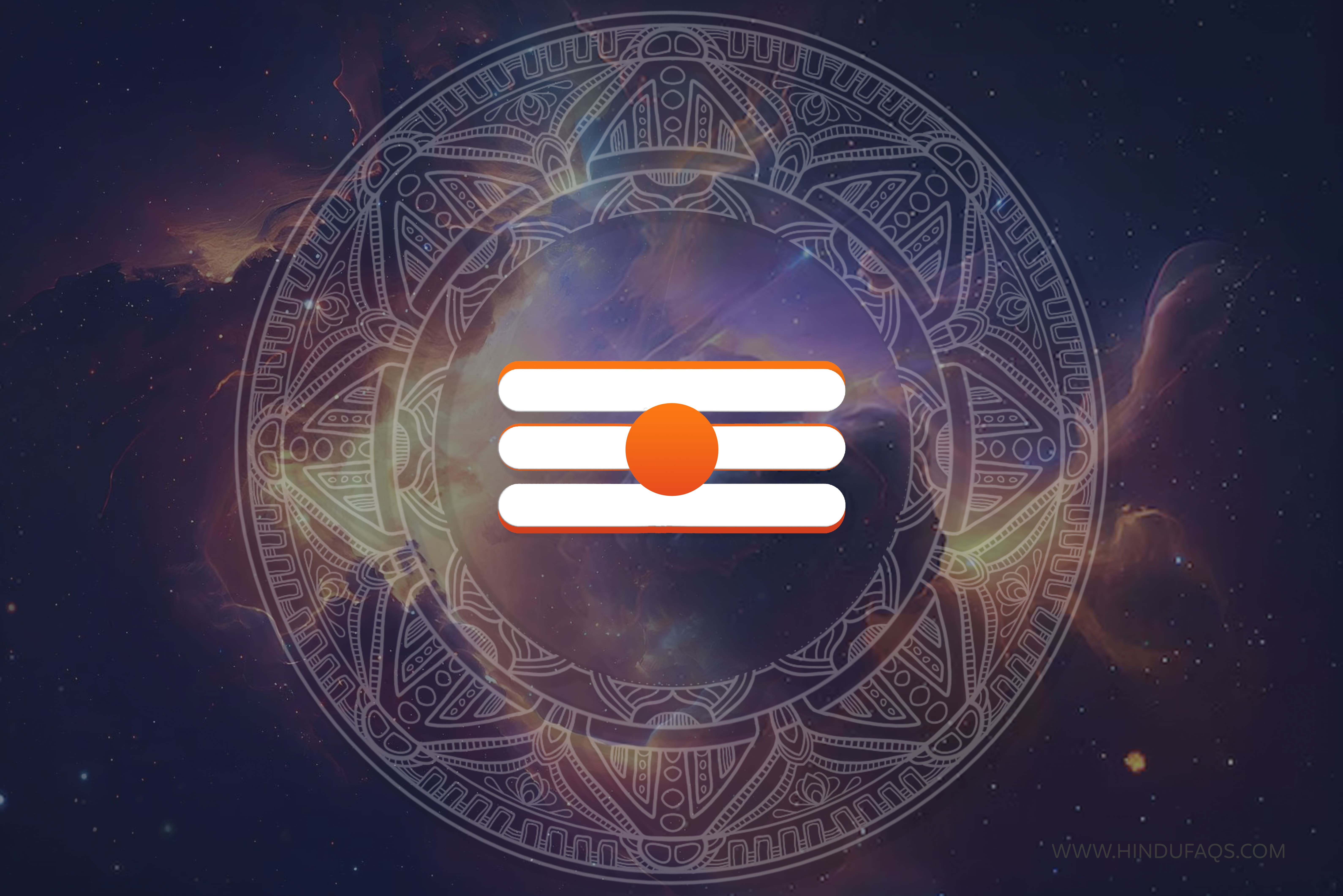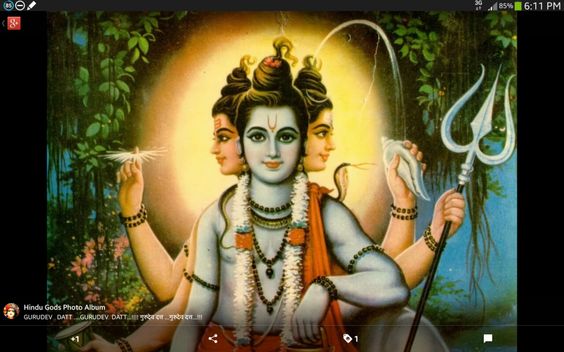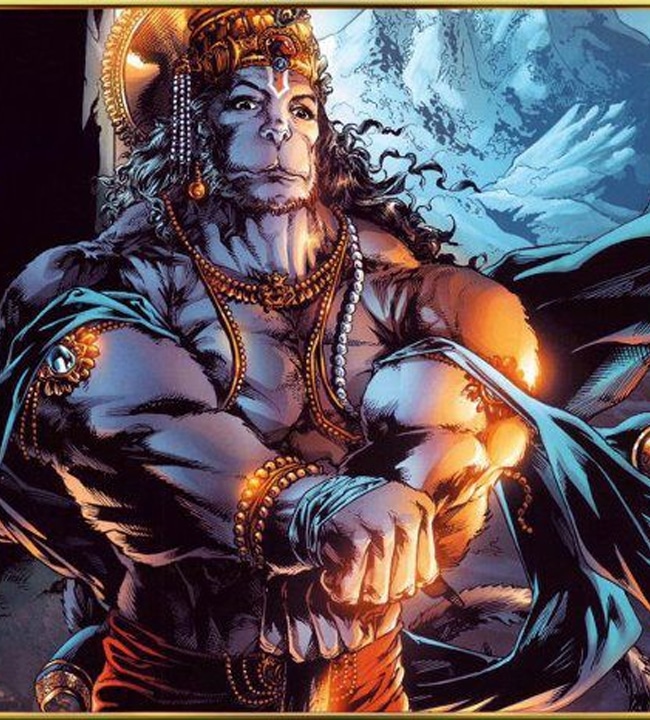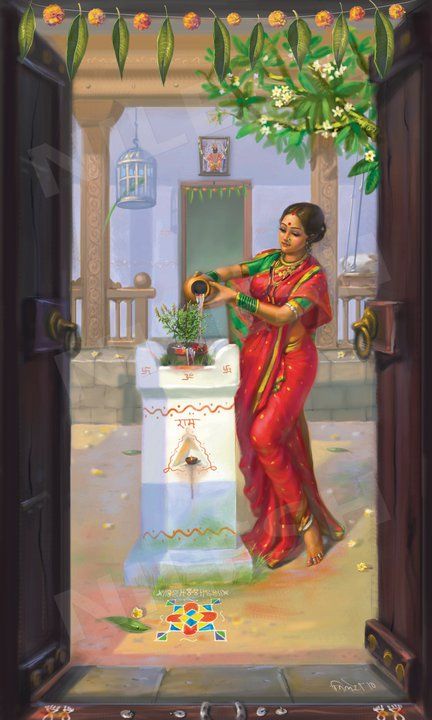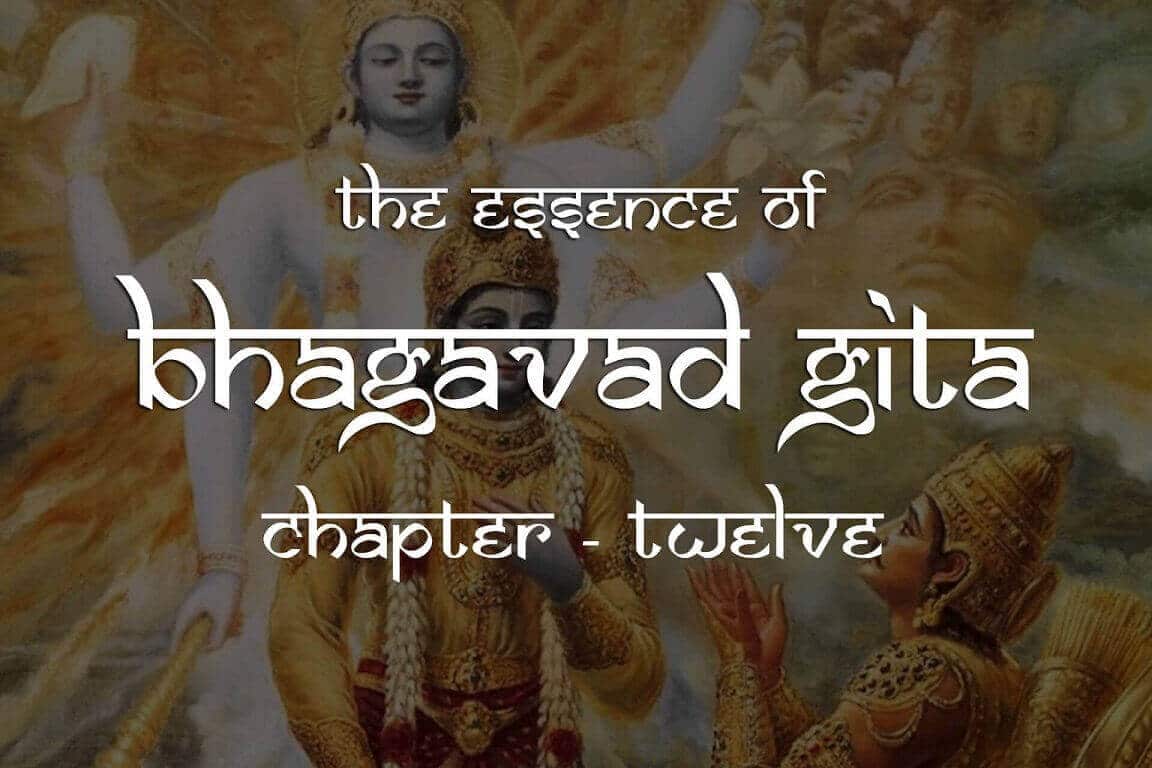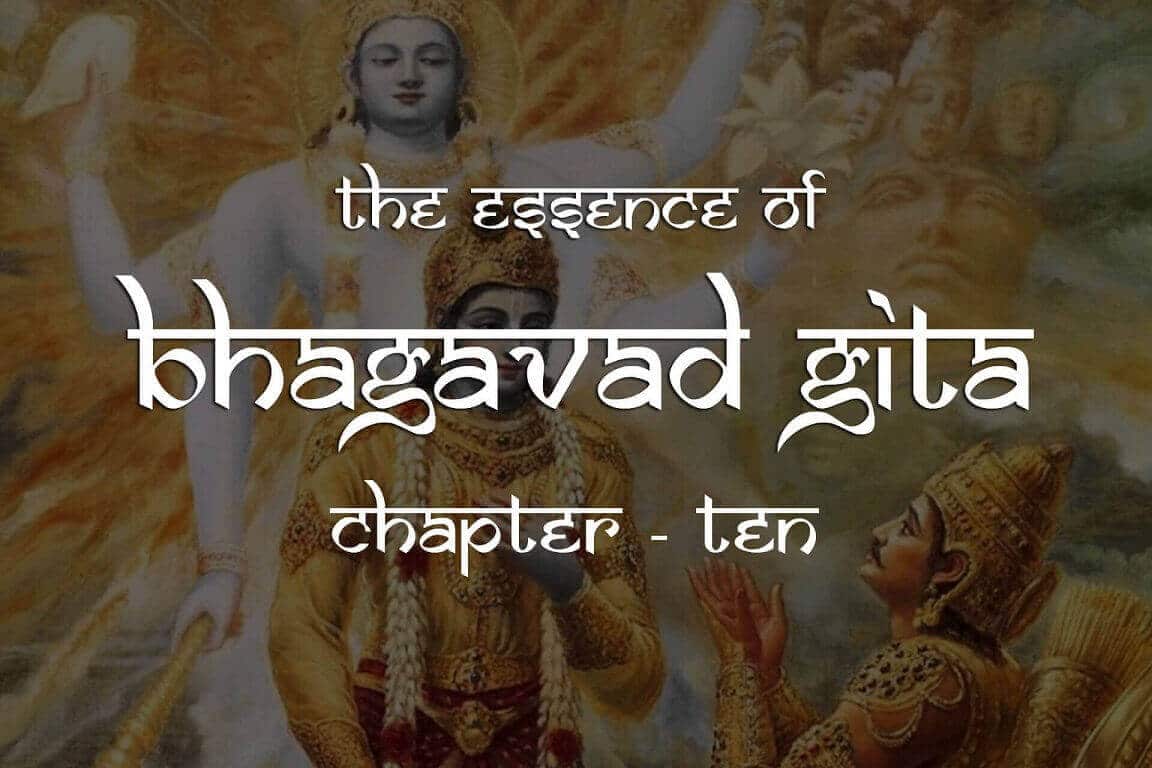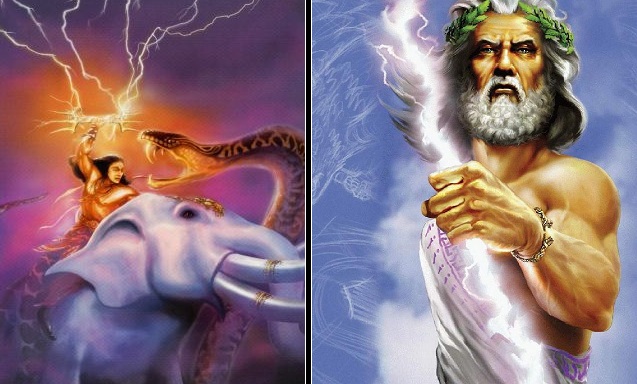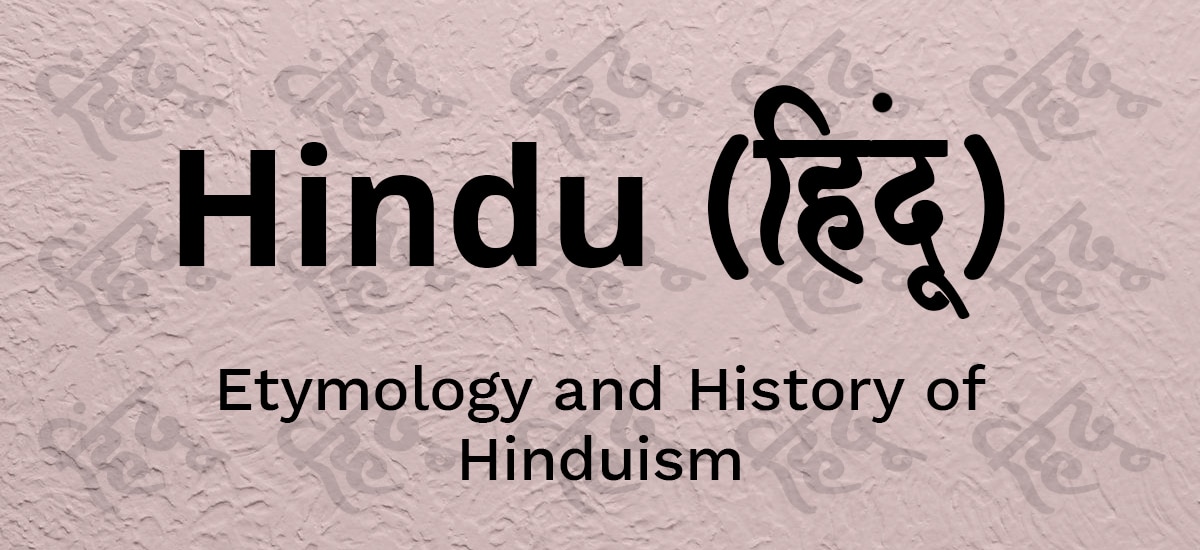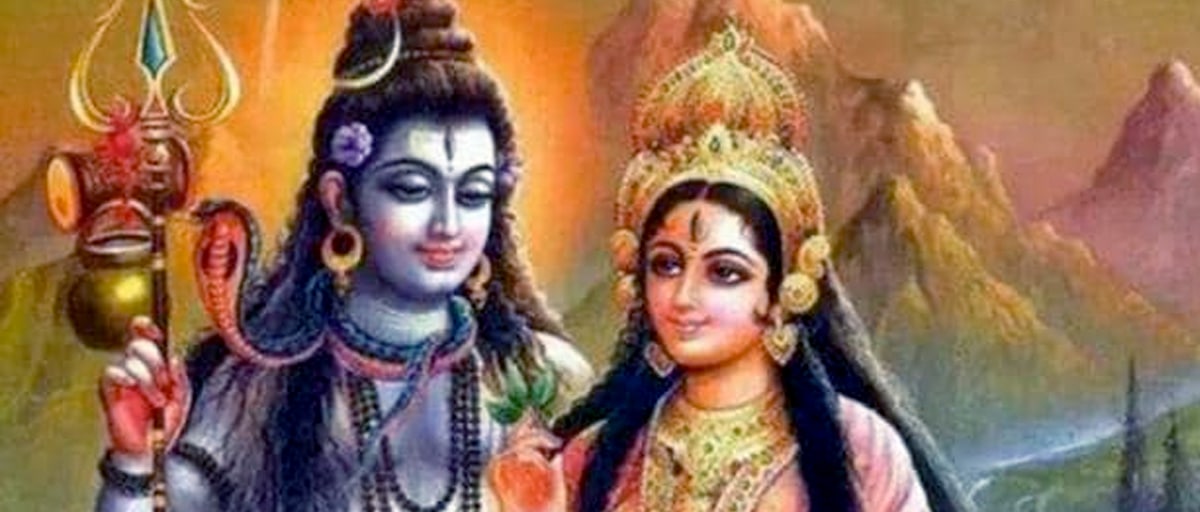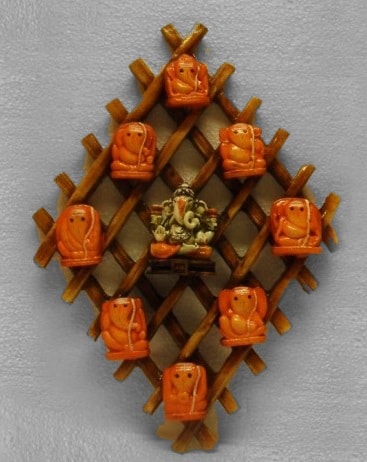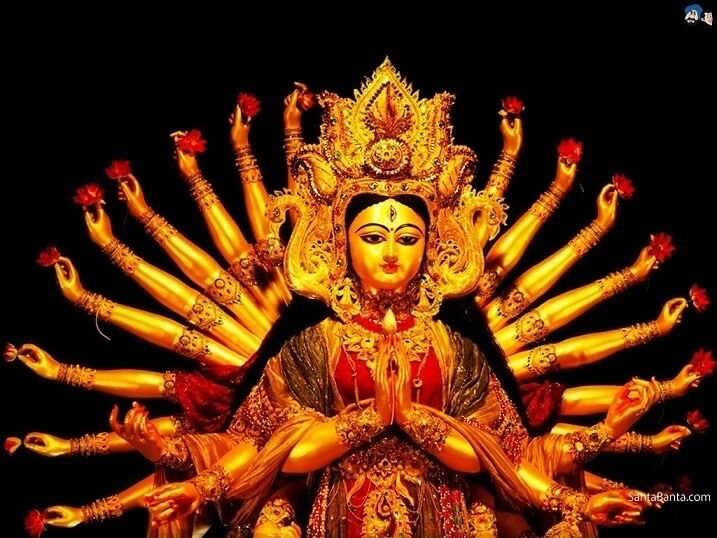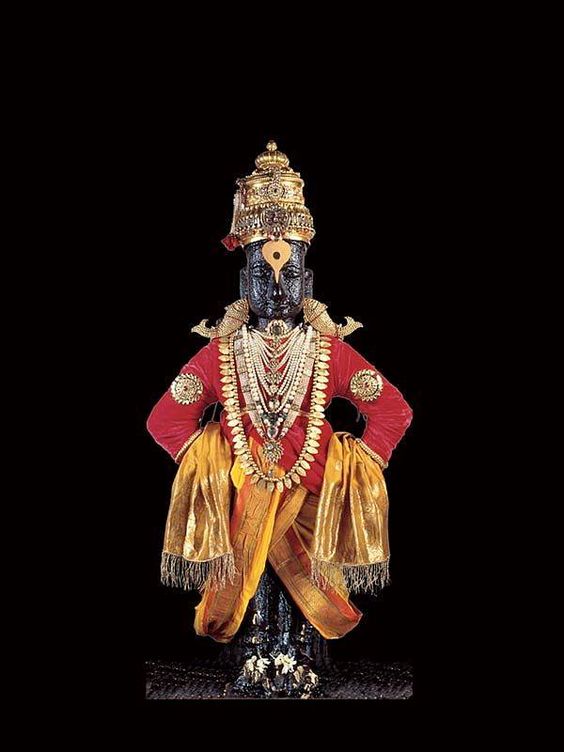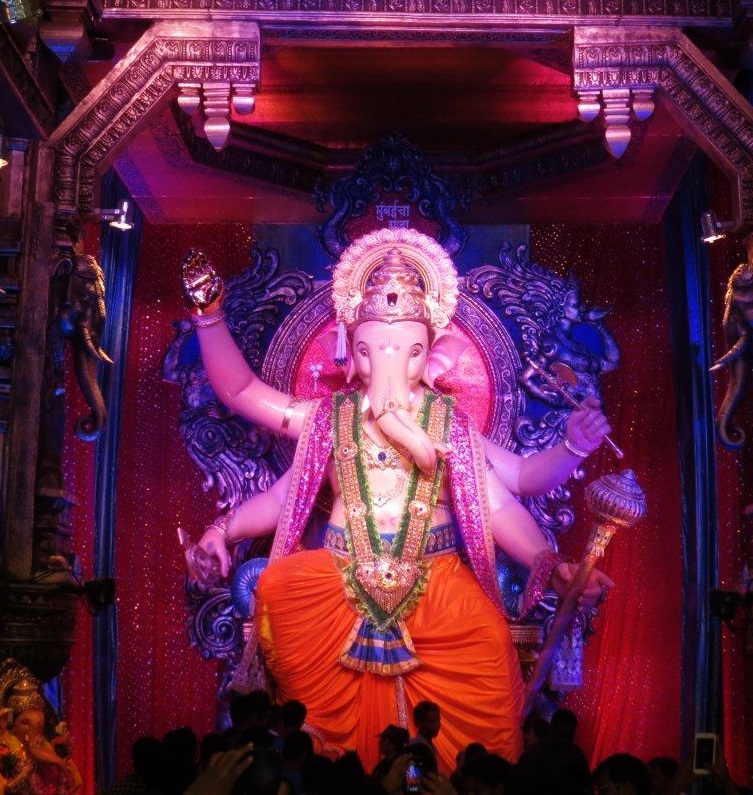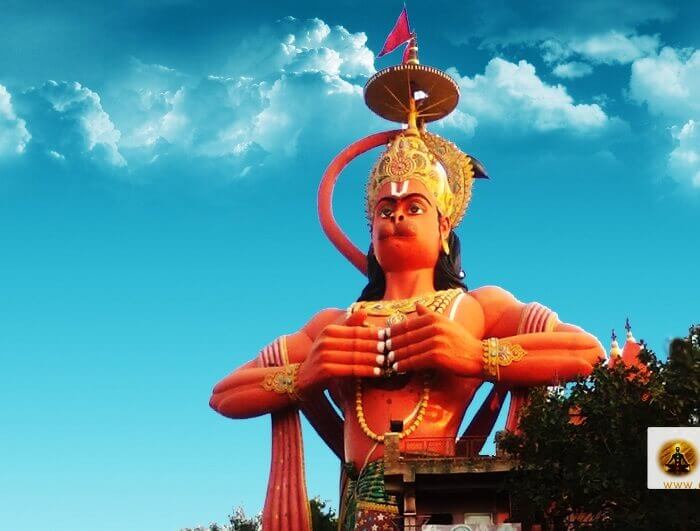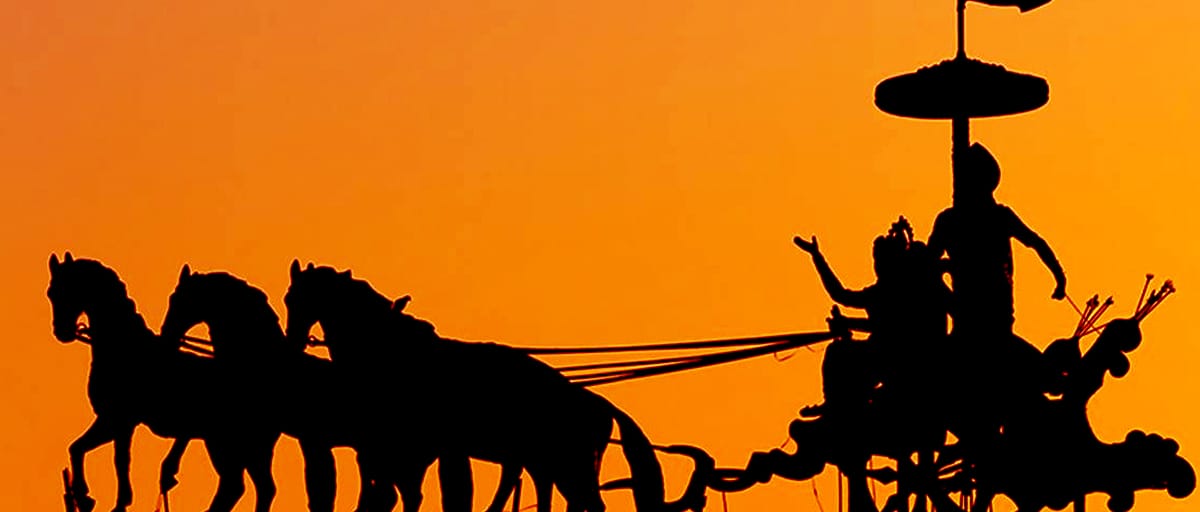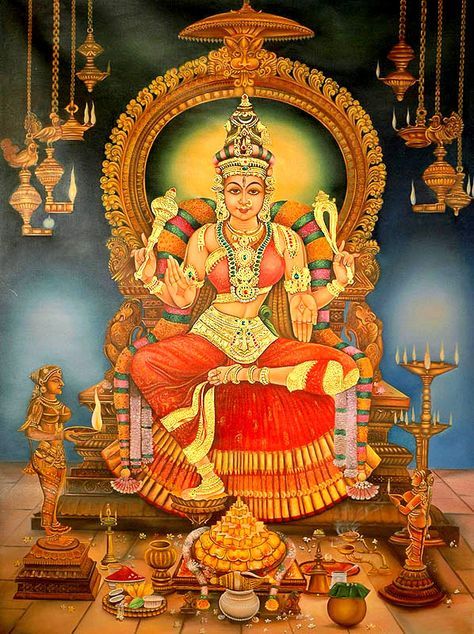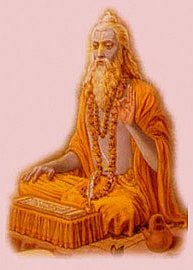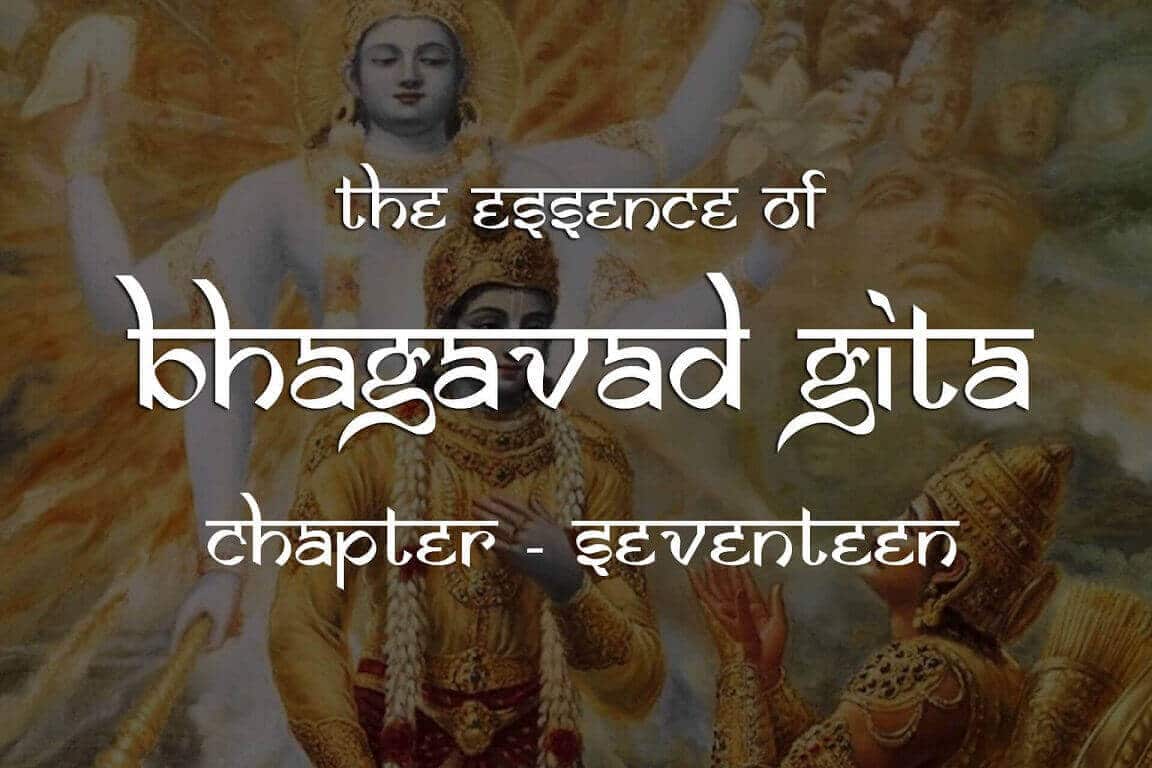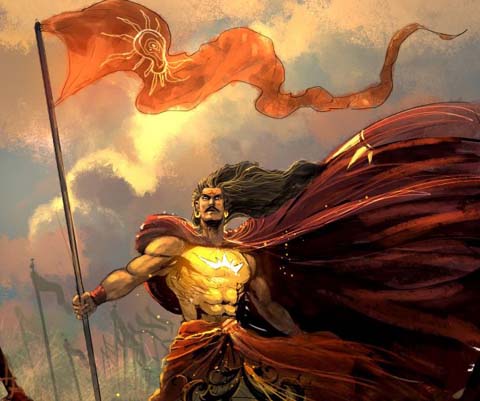The city of Kashi is famous for the shrine of Kaal Bhairav, the kotwal of Kashi or the policeman of Varanasi. His presence evokes fear, no different from some of our policemen. He has a thick moustache, rides a dog, wraps himself in tiger skin, wears a garland of skulls, has a sword in one hand and in another, holds the severed head a criminal.
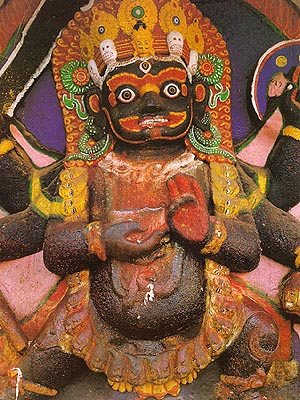
People go to his shrine to do jhaad: sweeping of hex. Hex means the disruption of one’s aura through witchcraft (jadoo-tona) and malefic gaze (drishti or nazar). Black threads and iron bracelets are sold in shops around the temple, offering Kaal Bhairav’s protection to the devotee.
The story goes that Shiva took the form of Bhairava to behead Brahma who became arrogant after creating the world. Brahma’s head seared into Shiva’s palm and he wandered the earth chased by Brahma-hatya, the infamy of killing the creator.
Shiva finally descended from Kailas southwards along the river Ganga. A point came when the river turned north. At this point, he dipped his hand in the river, and Brahma’s skull became undone and Shiva was thus liberated form Brahma-hatya. This became the site of the famous city of Avimukta (site where one is liberated) which is now called Kashi. It is said that the city stands on Shiva’s trident. Shiva stayed here as the guardian, driving away all those who threaten the city, protecting its inhabitants.
The idea of eight Bhairavs guarding the eight directions (four cardinal and four ordinal) is a common theme in various Purans. In the south, many villages have the shrine of 8 Vairavar (local name for Bhairav) in the eight corners of the village. Bhairava is thus acknowledged as the guardian god.
In many Jain temples, Bhairav stands along with his consort, Bhairavi, as a guardian god. In Gujarat and Rajasthan, one hears of Kala-Bhairav and Gora-Bhairav, the black and white guardians, who watch over shrines of the Goddess. Kala-Bhairav is more popularly known as Kaal, the black (Kala) referring to the black hole of time (Kaal) that consumes everything. Kaal Bhairav is associated with alcohol and wild frenzy. By contrast, Gora Bhairav or Batuk Bhairav (the small Bhairav) is visualized as a child who likes to drink milk, maybe laced with bhang.
The name Bhairav is rooted in the word ‘bhaya’ or fear. Bhairav evokes fear and takes away fear. He reminds us that fear is at the root of all human frailties. It is fear of invalidation that made Brahma cling to his creation and become arrogant. In fear, we cling to our identities like dogs cling to bones and their territories. To reinforce this message, Bhairav is associated with a dog, a symbol of attachment, as the dog wags its tail when the master smiles and whines when the master frowns. It is attachment, hence fear and insecurity, that makes us cast hexes on people and suffer from hexes cast by people. Bhairav liberates us from all.
Credits: Devdutt Pattnaik (Seven secrets of shiva)


